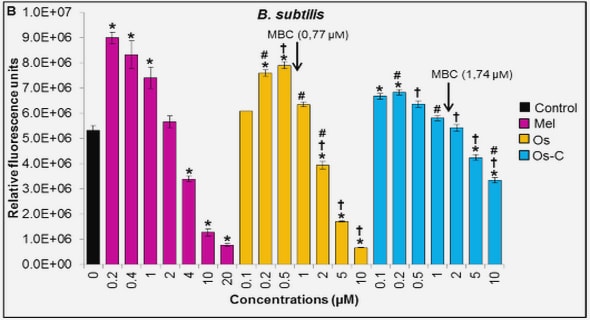(Downloads - 0)
For more info about our services contact : help@bestpfe.com
Table of contents
Chapter I : Introduction
I.1 Energy context and electrochemical storage for mobility
I.2 Lithium-ion battery
I.3 Li-ion battery models
I.4 Topic of the current thesis
Chapter II : Experimental and material characterization of Li-ion cell
II.1 Active materials and electrodes
II.1.1 Positive electrode
II.1.2 Negative electrode
II.1.3 Reference electrodes
II.1.4 Estimation of the Electrode geometric parameters
II.1.5 Electrolyte
II.2 Cell designs
II.2.1 Coin cell design
II.2.2 Pouch cell designs
II.3 Beginning of life experiments
II.3.1 Experimental protocols
II.3.2 Experimental results
II.4 Aging experiments
II.4.1 Experimental protocols
II.4.2 Experimental result
II.5 Conclusion
Chapter III : Up scaling methodology for Beginning of Life
III.1 Physicochemical phenomena of the battery
III.1.1 Potential of insertion electrode
III.1.2 Polarizable electrodes
III.1.3 Ohmic phenomena
III.1.4 Ion transport
III.2 Up scaling methodology: From the physics to the analytical impedance models
III.2.1 Introduction to the model electrode configuration
III.2.2 Introduction to cell impedance
III.2.3 Local interface impedance
III.2.4 Diffusion impedance
III.2.5 Cell impedance: Results and discussion
III.3 Up scaling methodology: From the analytical impedance models to the temporal CEE models
III.3.1 Cell EEC temporal model
III.3.2 Results and discussions
III.4 Conclusion
Chapter IV : Up scaling methodology for the End of Life
IV.1 Physicochemical phenomena of battery degradation
IV.1.1 Aging mechanism at the negative electrode
IV.1.2 Aging mechanism at the positive electrode
IV.2 Up scaling methodology for aging: From the physics to the analytical impedance models
IV.2.1 . Graphite electrode
IV.2.2 NMC 622 electrode
IV.2.3 Cell impedance: Results and discussion
IV.3 Up scaling methodology: From the analytical impedance models to the temporal EEC models
IV.3.1 Cell EEC temporal model with aging
IV.3.2 Results and discussions
IV.4 Conclusion
Chapter V : Conclusion and perspectives




